Introduction
Lamb-stuffed dumplings, a culinary delight that combines the earthy richness of lamb with the comforting warmth of a dumpling wrapper, are a cherished dish across various cultures. However, the unique flavor profile of lamb—often described as gamey or muttony—can be a turn-off for some. The challenge lies in balancing the robust taste of lamb with seasoning and techniques that enhance its natural flavors while minimizing the unwanted gamey notes. This article delves into the intricacies of preparing lamb-stuffed dumplings, offering comprehensive guidance on how to achieve a flavorful, aromatic filling without the overpowering gamey taste.
Understanding Lamb Flavor
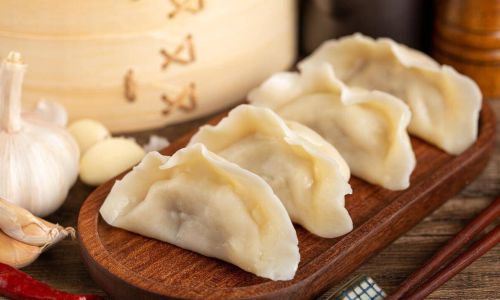
Before diving into the specifics of seasoning and preparation, it’s crucial to understand what constitutes the gamey flavor in lamb. Lamb’s flavor profile is influenced by several factors, including breed, diet, age, and sex of the animal. Younger lambs tend to have a more delicate flavor, while older animals can be more gamey. Grass-fed lamb often has a stronger, more earthy taste compared to grain-fed. Additionally, male animals (rams) generally have a more pronounced gamey flavor than females (ewes).
Selecting the Right Lamb
The first step in crafting delicious lamb-stuffed dumplings is selecting the right type of lamb. Here are some tips:
-
Age and Gender: Opt for younger lambs, preferably those under one year old. Female lambs (often labeled as “young lamb” or “milk-fed lamb”) tend to be more tender and less gamey.
-
Feed: Grass-fed lamb offers a distinct, often more intense flavor. If you prefer a milder taste, consider lamb that has been grain-finished, which tends to be more tender and have a sweeter flavor.
-
Cuts: For dumplings, ground lamb is the most convenient choice. However, not all ground lamb is created equal. Look for meat that has a fine texture and a uniform color, indicating it’s been properly trimmed of excess fat and sinew.
Preparing the Lamb Filling
Once you’ve selected your lamb, it’s time to focus on the preparation. The key to eliminating the gamey taste lies in a combination of seasoning, fats, and cooking techniques.
Fat Ratio
Fat plays a crucial role in the flavor and texture of your dumplings. Lamb has a natural fat content that can vary widely. Too much fat can make the filling greasy, while too little can result in a dry, unappealing texture. Aim for a ground lamb that is around 80% lean and 20% fat for an optimal balance.
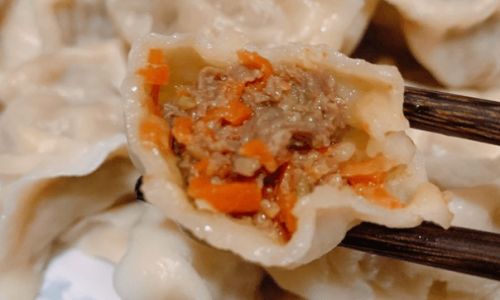
Seasoning
Seasoning is where the magic happens. The right blend of spices and herbs can transform the gamey flavor of lamb into something aromatic and inviting. Here are some essential ingredients:
-
Garlic and Onions: These aromatic vegetables are fundamental in any lamb dish. They add depth and sweetness, helping to counteract the gamey notes.
-
Ginger: Fresh ginger root provides a spicy, slightly sweet flavor that pairs beautifully with lamb. It also aids in digestion, making your dumplings easier to enjoy.
-
Fresh Herbs: Mint, parsley, and cilantro are all excellent choices for lamb. They add freshness and brightness, lifting the dish from ordinary to extraordinary.
-
Spices: Cumin, coriander, and paprika are traditional spices used in lamb dishes. They add warmth and complexity without overpowering the meat’s natural flavors.
-
Soy Sauce or Tamari: A small amount of soy sauce or tamari (a gluten-free alternative) can add umami and help bind the filling together.
-
Sesame Oil: A drizzle of sesame oil enhances the overall flavor profile, adding a nutty, aromatic touch.
Binding Agents
To ensure your dumpling filling holds together, you’ll need a binding agent. While eggs are commonly used, they can sometimes add a slight sulfuric taste that clashes with lamb. Instead, consider using:
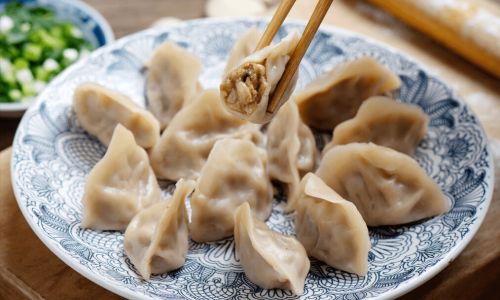
-
Cornstarch: A small amount of cornstarch mixed with water can be used to bind the filling without altering the flavor.
-
Breadcrumbs: For a more traditional approach, soaked and drained breadcrumbs can provide the necessary structure without adding heaviness.
Mixing Techniques
How you mix your filling can impact its final texture and flavor. Here are some best practices:
-
Chill Ingredients: Start by chilling your lamb, garlic, onions, and herbs. Cold ingredients help the filling stay firm and easier to handle during wrapping.
-
Fine Chopping: Finely chop your garlic, onions, and herbs to evenly distribute their flavors throughout the filling.
-
Gentle Mixing: Overworking the meat can lead to a dense, tough filling. Use a gentle folding technique to combine ingredients, maintaining the light, fluffy texture.
Cooking Techniques
The cooking method you choose can also affect the final flavor of your dumplings. Here are a few options:
Steaming

Steaming is the most traditional way to cook dumplings. It preserves the delicate flavors and textures, ensuring the filling stays moist and juicy. Use a bamboo steamer or a metal steamer basket placed over simmering water.
Pan-Frying
Pan-frying adds a crispy golden exterior to your dumplings, enhancing their appeal. After steaming, brown the dumplings in a hot, oiled pan until the bottoms are crispy and golden.
Boiling
Boiling is a quick and easy method, though it can sometimes result in a softer texture. Simply drop the dumplings into boiling water and cook until they float to the surface.
Serving and Enjoying
Once your dumplings are cooked, serve them hot with a dipping sauce. A blend of soy sauce, rice vinegar, sesame oil, and a touch of chili oil or sriracha provides a perfect balance to the rich lamb filling. Accompany your dumplings with a side of pickled vegetables, steamed greens, or a light salad to round out the meal.
Conclusion
Crafting lamb-stuffed dumplings without the gamey taste is an art that requires attention to detail and a keen understanding of flavor dynamics. By selecting the right lamb, using thoughtful seasoning, and employing the right cooking techniques, you can transform a potentially polarizing ingredient into a dish that is sure to delight even the most discerning palate. Lamb-stuffed dumplings are not just a meal; they are a journey through flavors, textures, and traditions, offering a culinary experience that is as comforting as it is exhilarating. So, gather your ingredients, roll up your sleeves, and embark on your own dumpling-making adventure—one that promises to be both delicious and memorable.
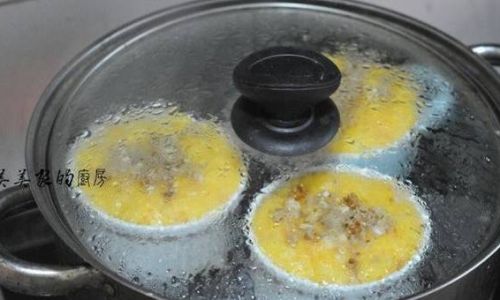
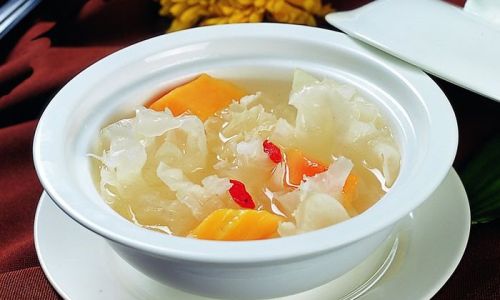
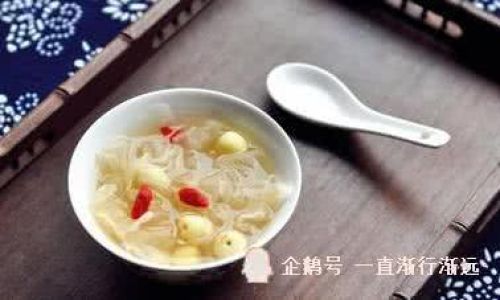
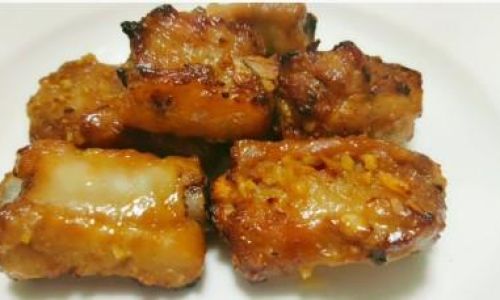
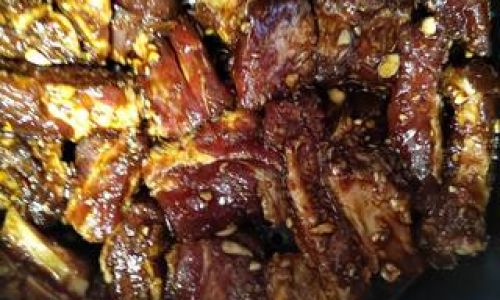

0 comments